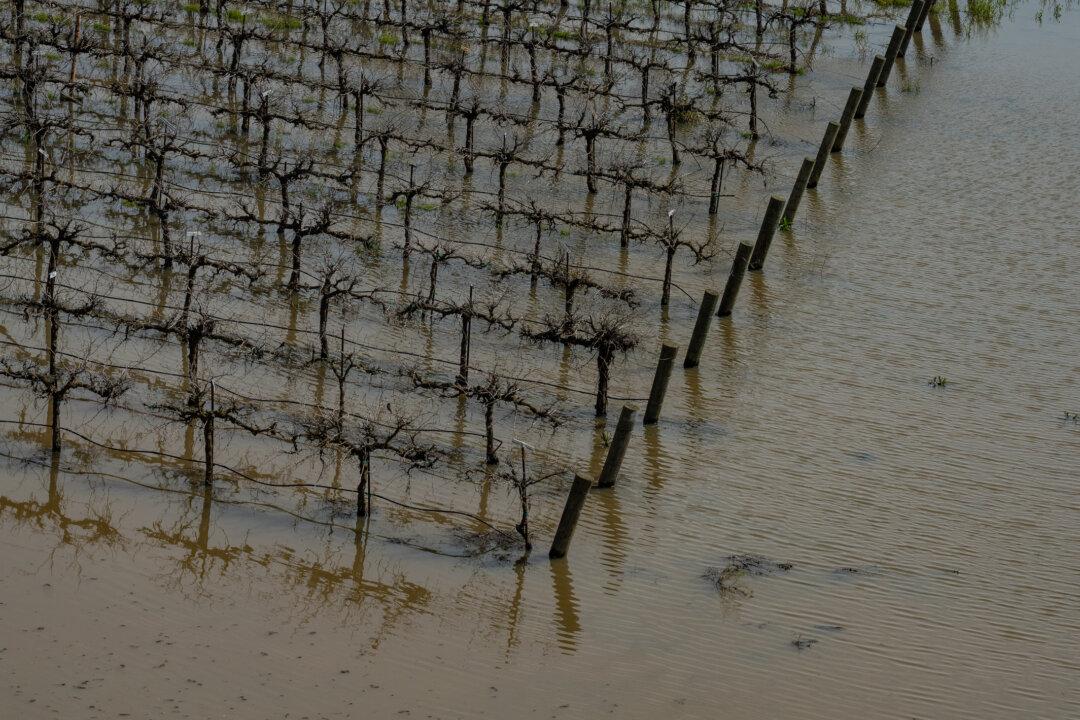Following the wettest winter season in more than a decade—ending years-long drought and leaving much of the state under emergency declaration due to storm damage and flooding—Gov. Gavin Newsom signed an executive order (pdf) Aug. 4 strengthening levee protection and flood prevention efforts statewide.
“California is getting ready for the next rainy season by streamlining levee repairs and other critical work,” the governor’s office said in a press release announcing the order. “We’re doing the work now to prepare and protect communities from flooding.”





